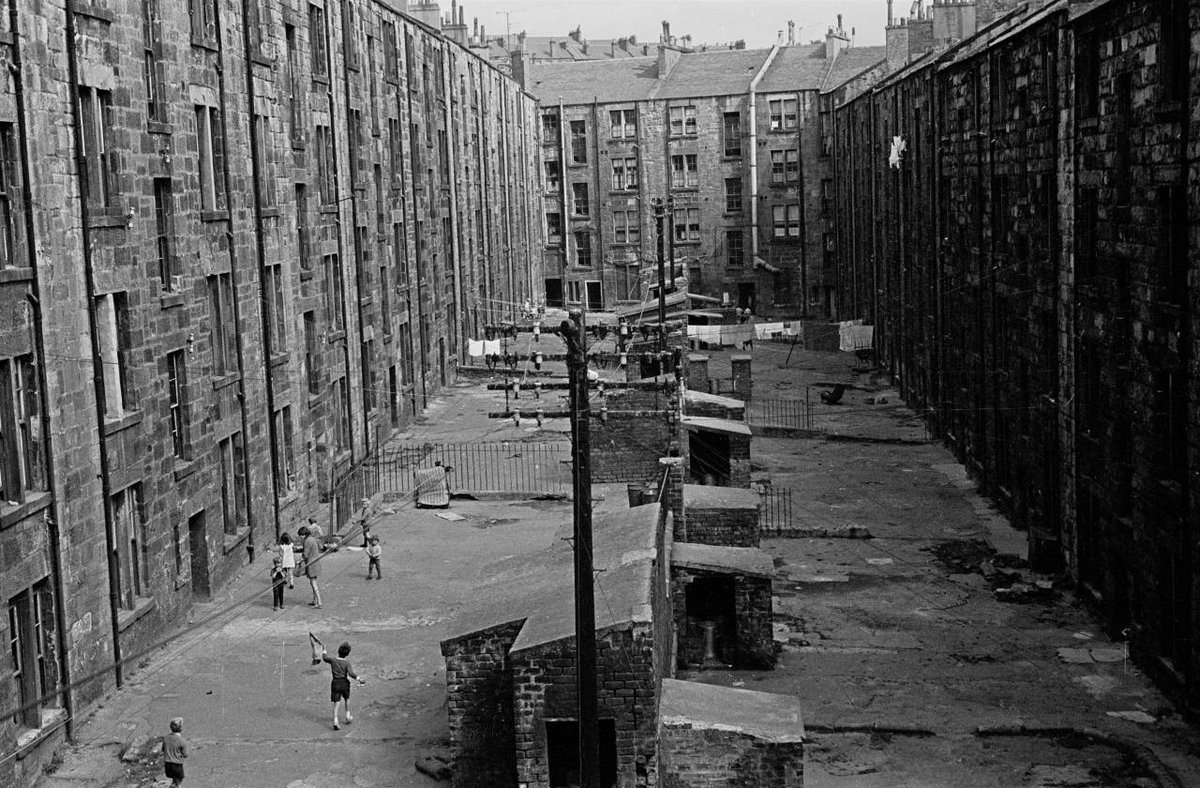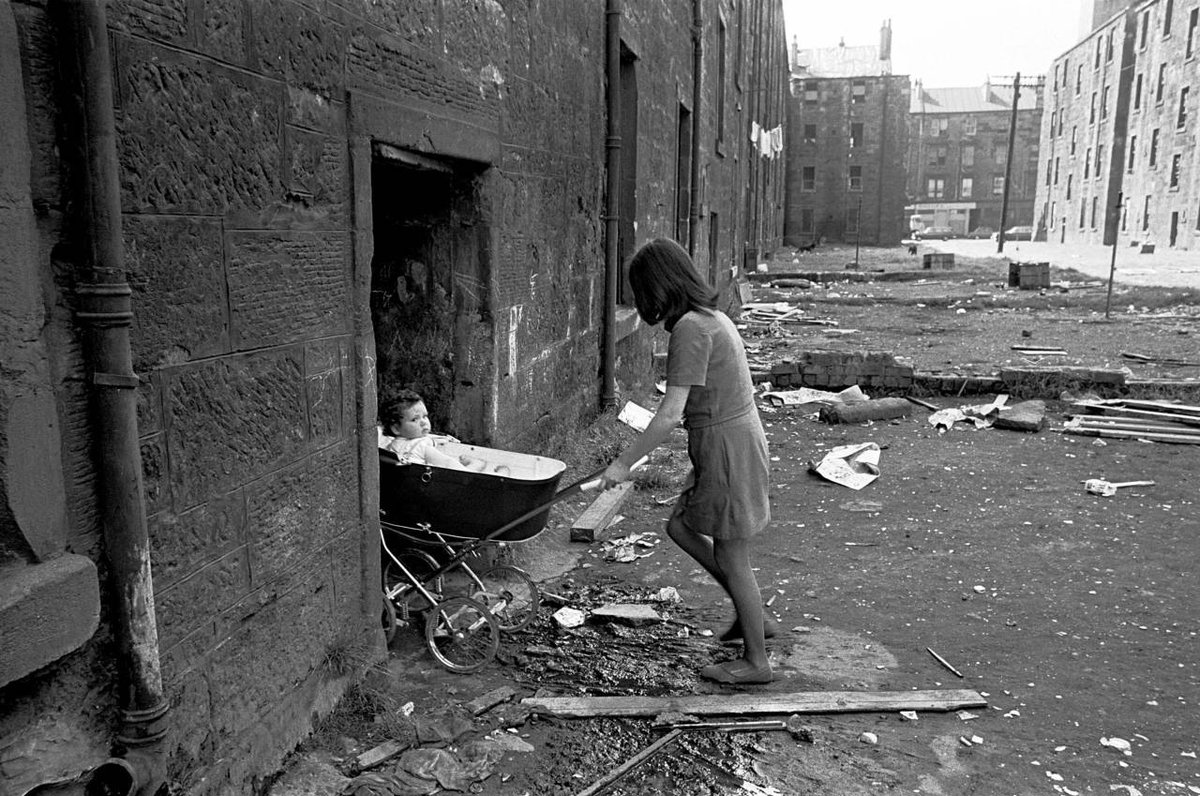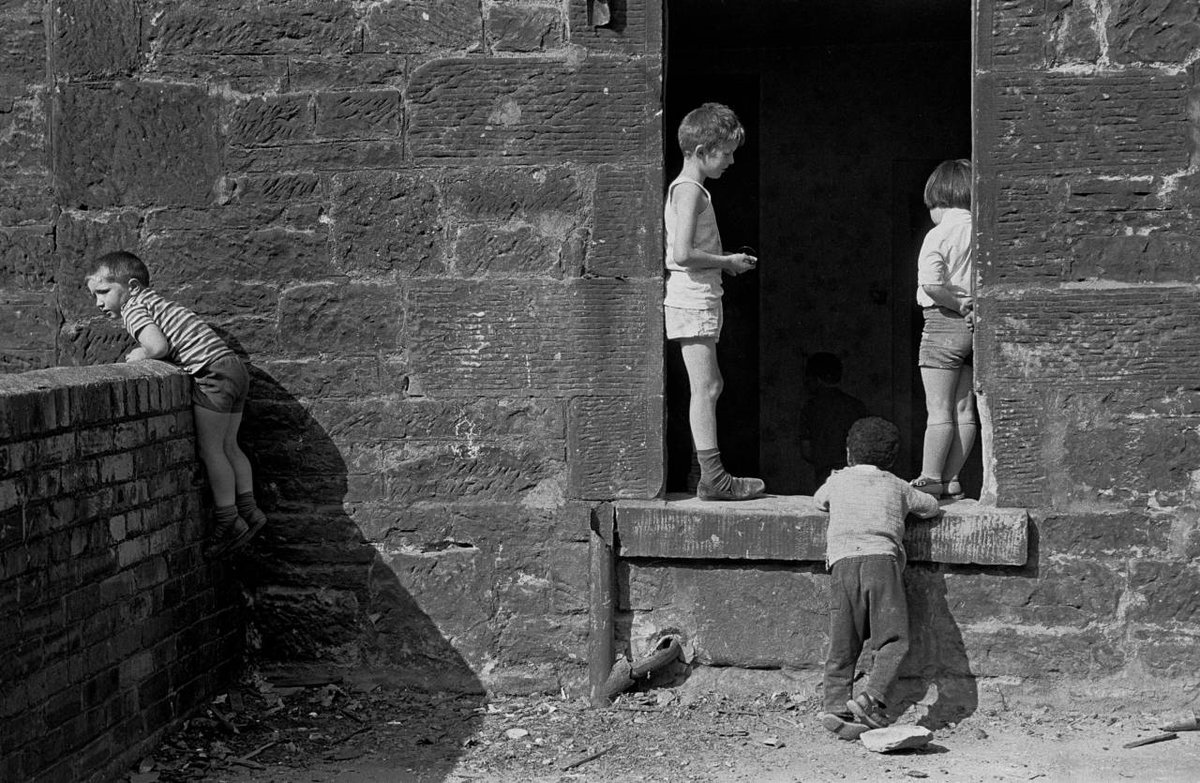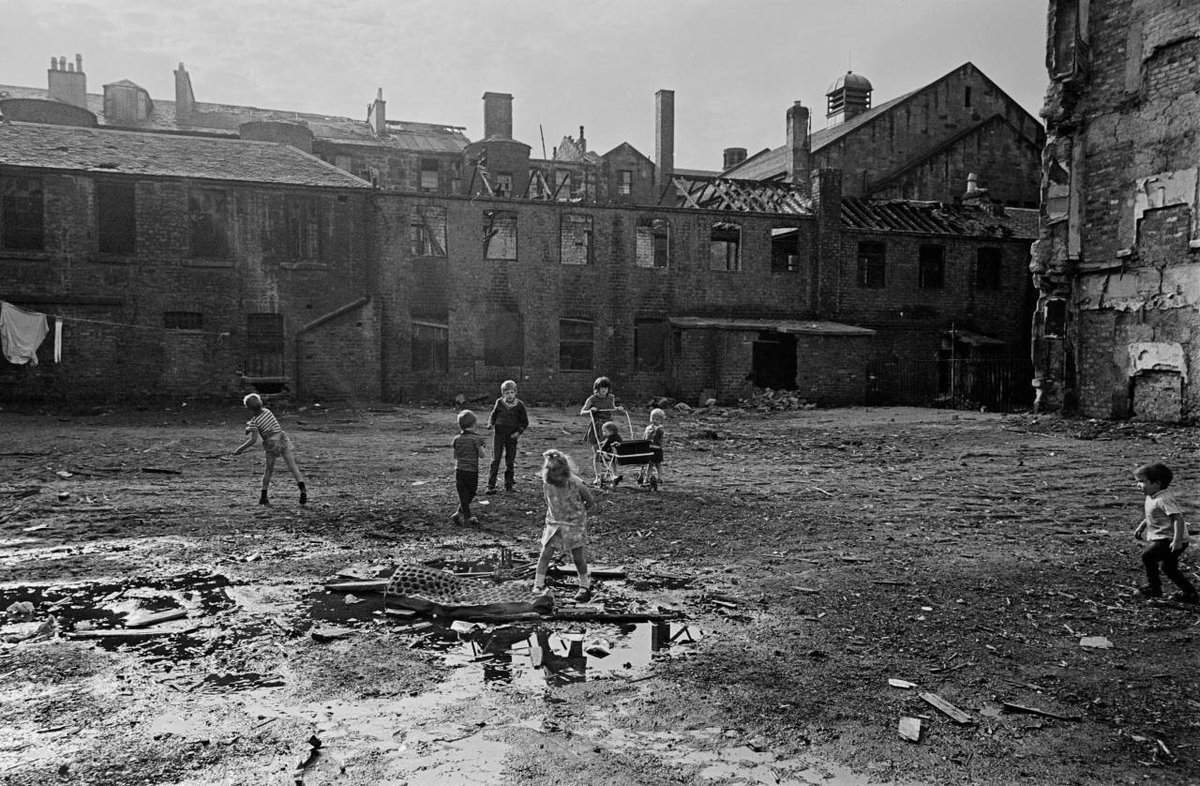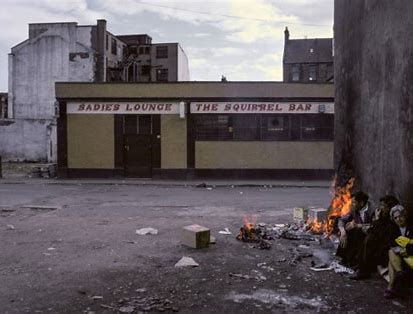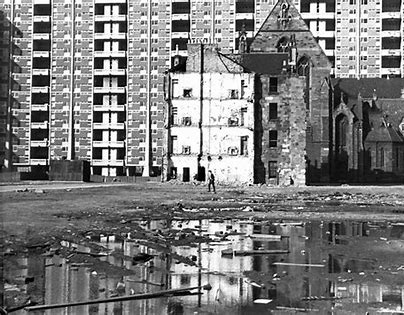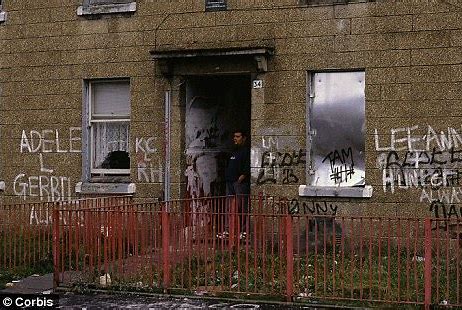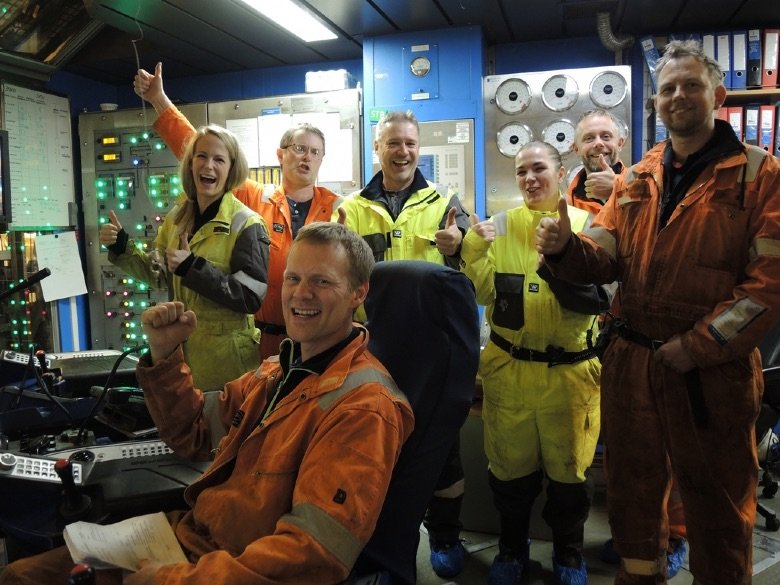Fifty one years ago, on September 14 1969, the Seaquest drilling rig struck oil for the first time in the North Sea. Brendan McKeown, its superintendent, took a helicopter out there as soon as he was radioed the news that oil was flowing. Famously, he put it in a pickle jar
commandeered from the canteen and took it back to Amoco’s Great Yarmouth office, where it was poured into an ash tray, sniffed and set alight. His boss, Mitch Watt, declared: “That’s it. It’s oil.”
It’s now half a century since that eureka moment and around 45 billion barrels of oil equivalent have been extracted from the North Sea. Though the Arbroath field was considered too small to warrant development at that time, it wouldn’t be long before a vast reservoir
of crude oil was struck in 1970, the Forties field, and our time as a significant oil-producing nation had come.
“It's Scotland's oil” soon became the slogan of the Scottish National Party. Oil and who we were, as well as how we lived, became entwined. We were still some way from learning that our black gold came with an atmospheric side-effect, though, as it happens, in 1968,
The Stanford Research Institute presented a report to the American Petroleum Institute that warned the release of carbon dioxide from burning fossil fuels could carry harmful consequences for the planet.
There has been a lot of good news stories lately from the world of North Sea oil. Last year BP opened Clair Ridge, targeting, it said, “640 million barrels of recoverable resource”. In August, Equinor began extracting oil from the Mariner field, 95 miles east of Shetland, which
is expected to yield 300 million barrels of heavy crude oil.
Drilling activity is increasing following record-low levels in recent years. The Oil and Gas Authority has increased central production projection out to 2050 so that it is “now 3.9 billion barrels higher than
Drilling activity is increasing following record-low levels in recent years. The Oil and Gas Authority has increased central production projection out to 2050 so that it is “now 3.9 billion barrels higher than
it was in 2015”. There is talk that another 20 billion barrels could remain, to be exploited....not by Scotland, not for Scotland.
If we jump forward to 2019, how have things improved?
Poverty in Scotland is rising, from an already unacceptably high level. More people are facing situations where they cannot afford the basics nor play a full role in society. Almost one in five people in Scotland live
Poverty in Scotland is rising, from an already unacceptably high level. More people are facing situations where they cannot afford the basics nor play a full role in society. Almost one in five people in Scotland live
in poverty, and for children the situation is worse, with one in four in poverty.
The number of drug-related deaths in Scotland increased by 6%, from 1,187 in 2018 to 1,264 in 2019, representing the highest number since records began in 1996, according to statistics published by National Records of Scotland.
2019 Scotland - Nearly 7 in 10 were male.
Over two thirds were aged 35 – 54.
Three-quarters occurred in the following five health board areas: 404 in Greater Glasgow & Clyde, 163 in Lanarkshire, 155 in Lothian, 118 in Tayside and 108 in Ayrshire & Arran.
Heroin and morphine
Over two thirds were aged 35 – 54.
Three-quarters occurred in the following five health board areas: 404 in Greater Glasgow & Clyde, 163 in Lanarkshire, 155 in Lothian, 118 in Tayside and 108 in Ayrshire & Arran.
Heroin and morphine
were implicated in more deaths than in any previous year, and over half of the total.
Scotland’s drug-death rate was higher than those reported for all the EU countries, and was approximately 3½ times that of the UK as a whole.
Scotland’s drug-death rate was higher than those reported for all the EU countries, and was approximately 3½ times that of the UK as a whole.
...how's that oil fundoing doing?
Almost one in four (230,000) of Scotland’s children are officially recognised as living in poverty. This is higher than in many other European countries.
Almost one in four (230,000) of Scotland’s children are officially recognised as living in poverty. This is higher than in many other European countries.
There are 84 independent food banks operating in 18 Scottish local authorities.
But hey, let's get back to OUR oil, so much to be proud of, so much to look forward to - So it's not surprising that the oil industry still sees itself as having a huge role in the future. Deirdre Michie, chief executive of Oil and Gas UK which recently published its Roadmap
To 2035: A Blueprint For Net Zero, says: “Our projections are consistent with the Climate Change Committee projections which show a continued need for oil and gas out to 2050 as part of a diverse energy mix.
"It’s important we meet as much of that demand from domestic
"It’s important we meet as much of that demand from domestic
production, providing security of energy supply while retaining the skills and expertise of the sector to support the development of low-carbon technologies.”
'' we're going to do well ''
Action is needed on all fronts and must be enough to rewrite the rules of the game for people living in poverty in Scotland. Poverty is at the root of many of society’s deepest set issues, from the attainment gap in schools to severe health inequalities and even declining
life expectancy. This is simply unacceptable. As a society we can choose to make different decisions that will change people’s lives unequivocally but enough of this whining Scot..let us take a look at what we could have won.......
Norway wouldn’t be the country it is today without oil and gas. We take a look back at the history of the country’s petroleum industry.
Norwegian oil and gas is Norway’s largest and most important industry. Overall it accounts for between 40 and 70% of exports.
But just how did
Norwegian oil and gas is Norway’s largest and most important industry. Overall it accounts for between 40 and 70% of exports.
But just how did
a small fishing nation in the North Sea become the 8th largest producer of oil and 3rd largest producer of natural gas in the world? The story takes us all the way back to the 1960s.
Before 1959, no one had any hopes that the Norway’s Continental Shelf (NCS) would be a major source of oil and gas. This all changed in 1959 when gas was discovered at Groningen in the Netherlands.
In 1963, the Norwegian government proclaimed sovereignty over all natural resources in the area and started issuing licenses to explore for potential oil fields but not to drill.
In 1965, once issues of how to divide up the shelf with Norway and Great Britain were resolved, the first drilling licenses were awarded.
The first well was drilled in 1966 but it was found to be dry. Over the next few years, the same story came from over 200 exploratory
The first well was drilled in 1966 but it was found to be dry. Over the next few years, the same story came from over 200 exploratory
drills. Things were looking slightly bleak until, 1969, Phillips drilled in Ekofisk. This would turn out to be one of the major oilfields on the NCS.
In 1972, Statoil, the Norwegian state-owned oil company, was established. The government also introduced the principle that 50% of each oil licence should be state-owned.
The rest, they say, is history.
One thing we all know is that the price is very volatile(we're reminded constantly).It only takes 1 producer to increase production and the global price tumbles.On the other hand, a fire in a major oil field can send the price firing upwards. If your economy is based on oil this
volatility is a real problem.
In 1990, the Norwegian government created the Oil Fund (Oljefondet) known today as the Government Pension Fund Global (GPF-G). The purpose of the GPF-G is to invest parts of the large surplus from the petroleum industry.
In 1990, the Norwegian government created the Oil Fund (Oljefondet) known today as the Government Pension Fund Global (GPF-G). The purpose of the GPF-G is to invest parts of the large surplus from the petroleum industry.
This creates a significant shock absorber and means Norway’s economy is not at the mercy of the global oil price.
The fund is managed by a division of the Norwegian Central Bank. It’s the largest pension fund in the world though, clearly, it’s not a typical pension fund.
The fund is managed by a division of the Norwegian Central Bank. It’s the largest pension fund in the world though, clearly, it’s not a typical pension fund.
Instead of being based on individual contributions it’s founded on oil profits.
With a value of over US$1 trillion in 2017, the fund owns…a lot! 65% of the portfolio is equities with the rest made up of real estate and fixed-income investments. It’s also the largest owner of European stock, holding 2.33% of all stocks in Europe.

 Read on Twitter
Read on Twitter